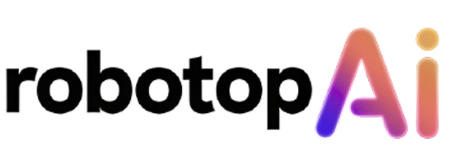Artificial intelligence has become an essential tool in creative industries. From generating first drafts of ad copy to editing photos and even designing logos, AI tools help professionals move faster and explore new ideas. But as powerful as these tools are, they’re not magic bullets. Misusing AI can compromise quality, ethics, and even client trust.
This article breaks down the do’s and don’ts of using AI in creative work — a practical guide for designers, writers, marketers, and anyone weaving AI into their daily process.
The Do’s of Using AI in Creative Work
Do Use AI for Brainstorming and Drafts
AI is excellent at generating first ideas, saving you from staring at a blank page. Writers can use it for outlines, while designers can use it for mood boards or concept sketches.
Do Train AI on Your Style
The more context you provide, the better the output. Upload past projects, specify tone, or define design rules so the AI reflects your unique creative voice.
Do Pair AI with Human Judgment
AI speeds up repetitive tasks, but it can’t replicate intuition or emotional nuance. Always review outputs carefully before delivering to clients.
Do Be Transparent When Needed
In some contexts, acknowledging AI assistance builds trust. If AI played a major role in a design or concept, let stakeholders know.
The Don’ts of Using AI in Creative Work
Don’t Rely Blindly on Outputs
AI can make mistakes — from factual errors to awkward phrasing. Always fact-check, polish, and refine.
Don’t Ignore Copyright and Licensing
Not all AI tools have the same usage rights. Know whether your AI-generated work is free for commercial use or requires attribution.
Don’t Replace Skill Development
AI can shortcut processes, but over-reliance risks stagnation. Keep learning your craft to stay competitive long-term.
Don’t Overlook Data Privacy
If you’re handling client projects, be cautious about uploading sensitive materials to third-party platforms without clear policies.
Striking the Right Balance
The best creative workflows treat AI as a collaborator, not a replacement. Use it to speed up mundane tasks and spark fresh ideas, but let your human judgment guide the final product. Creativity thrives when AI handles the groundwork and you add the emotional intelligence, vision, and finesse.
Conclusion: Responsible Creativity with AI
AI has the power to elevate creative work — if used wisely. By following best practices, professionals can harness AI for efficiency, inspiration, and innovation without sacrificing originality or trust.
In the end, AI should be a tool that amplifies your creativity, not one that defines it. When balanced thoughtfully, it helps creatives do what they do best: produce work that inspires, connects, and endures.







